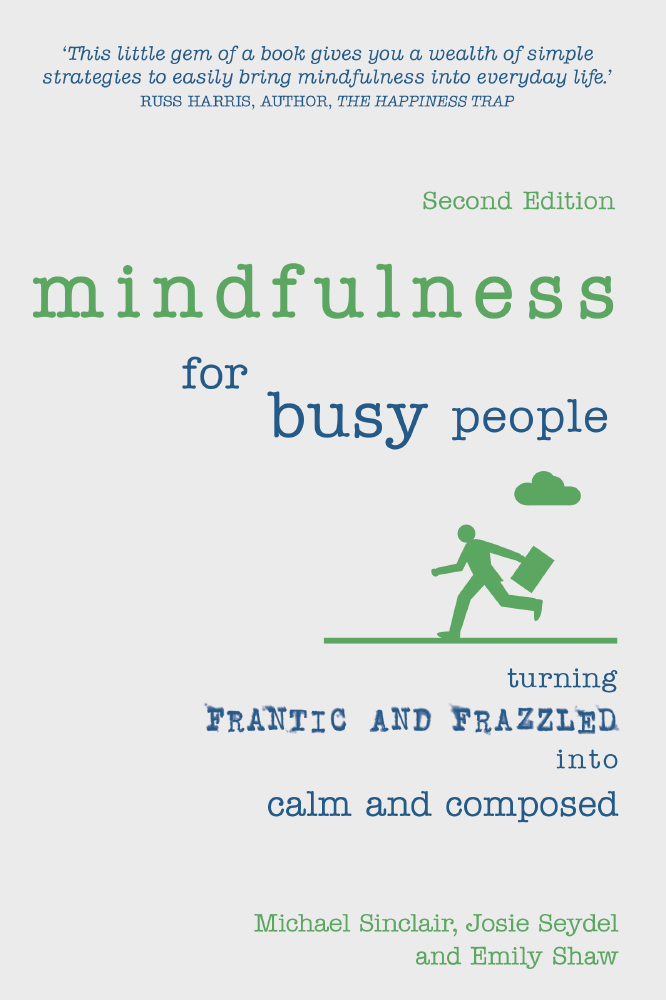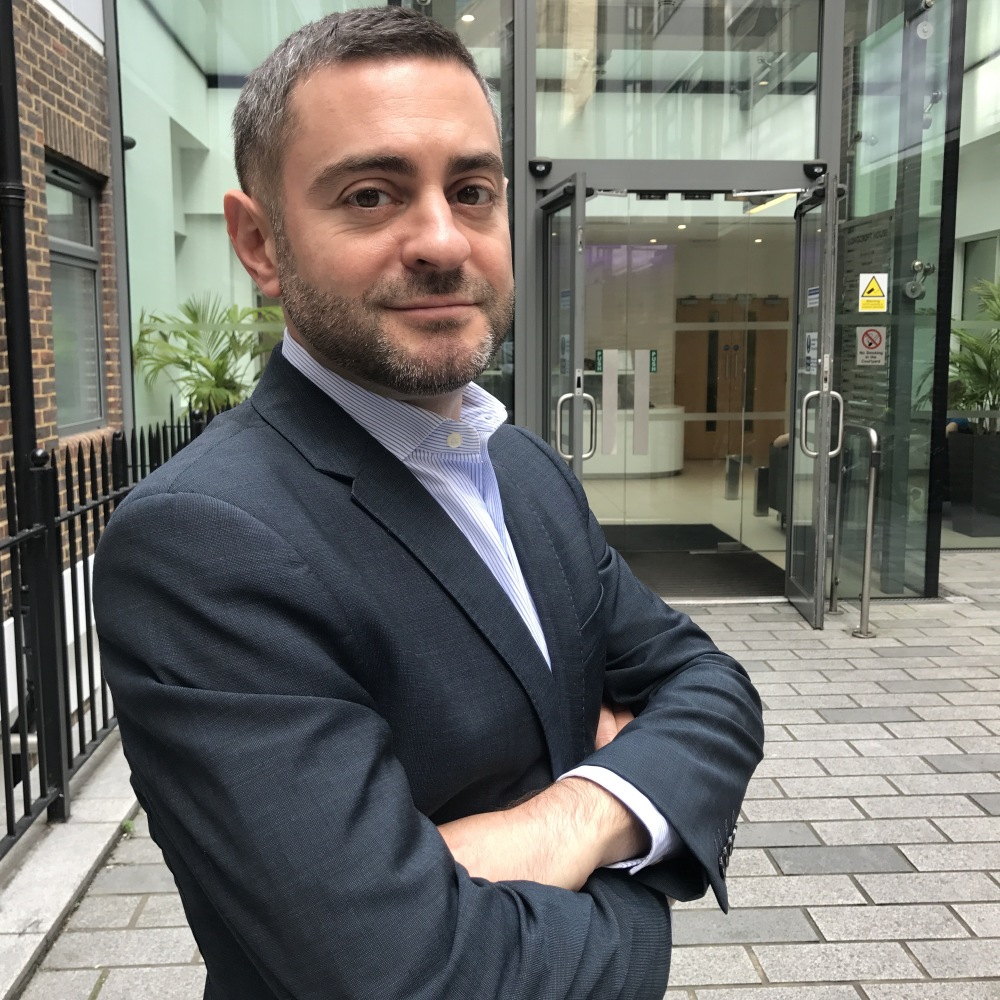Even if you have heard about mindfulness before you may still wonder what it is and exactly how it can benefit you.

MIndfulness for Busy People
‘Mindfulness’ was first introduced to the West in the late 1950’s and was then secularised into mainstream medical circles in the 1970’s where it was initially trialled, with extreme success, for patients with incurable and/or terminal pain and illness. It was discovered that focusing on the present moment, with open awareness and non-judgemental attention to whatever arises (thoughts, feelings, body sensations), reduces our levels of stress and increases our sense of well-being. A wealth of research supports mindfulness as a highly effective technique for: stress reduction, pain management, increased productivity, enhanced creativity, improved memory function, greater self-confidence, better self-awareness and self-care and, above all else, a significant increase in happiness and well-being.
Mindfulness is currently everywhere – not just in all the books about reducing stress, managing anxiety or colouring in pretty mandalas – it is actually everywhere. Everything you do can be done from a place of mindfulness, walking, talking, eating, going to the loo, cooking, arguing with a colleague, meeting the next deadline, driving the kids to football, etc., etc. So first and foremost, despite the genuine benefits that can come from putting aside a special time for sitting cross-legged (or whatever) and having a more formal practice, this is not a necessity. You do not need to make time for mindfulness, you can just practice mindfulness in the time you are already in. Here is a simple practice to help you on your way that requires no extra time and can be done anywhere:
1. First begin by noticing that you are breathing. You should find that you are doing this all the time, anywhere you go! This means you can do this exercise anywhere, anytime.2. Watch your breath flowing into your body, starting at the nose or mouth, and then follow the course of the breath as it leaves the body. Allow yourself to pay good attention to the physical sensations of breathing.
3. If your mind wanders, don’t panic, this is just your habitual distractibility appearing, it is inevitable and normal. Just be gentle but firm in guiding your focus back to the sensations of breathing.
4. Any thoughts, emotions or physical sensations that you notice can now be observed, you do not need to engage with them, embellish them or push them away. Just see them appear and come back to the breath.
5. Allow yourself to watch the breath come and go for a few minutes. Doing this keeps you present-moment focussed, and every time you notice and are aware of what is occurring in the here and now, you are training your mind in present moment awareness. This has enormous benefits for your wellbeing and functioning as you go about your busy life.
Over a period of time and with practice you will see that you might notice a sense of increased spaciousness mentally as you give your busy brain a place to rest even amongst all the external activity. All the benefits of mindfulness are available to you just by using the above, or similar techniques. You can begin to apply mindfulness to any task in your life, just as it is, without needing any extra time.



Dr Michael Sinclair, Josie Seydel & Dr Emily Shaw are Practitioner Psychologists at City Psychology Group in London, and the authors of Mindfulness for Busy People: turning frantic and frazzled into calm and composed (2nd Edition).

